Home>Furniture & Design>Interior Design Trends>How To Open Glass Ampule
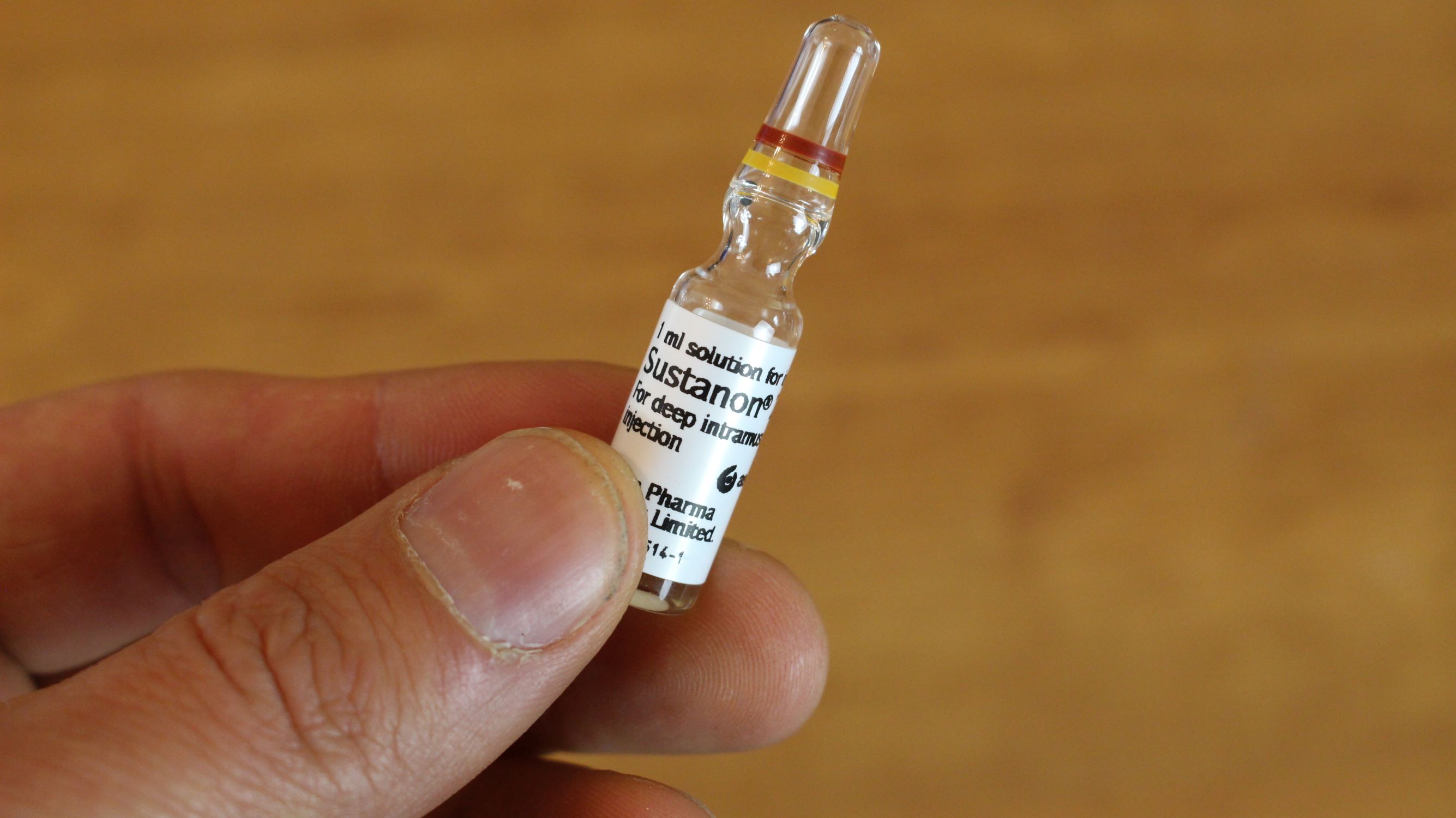

Interior Design Trends
How To Open Glass Ampule
Published: February 5, 2024
Learn the best techniques for opening a glass ampule and discover the latest interior design trends to elevate your space. Unlock the secrets to both practical and aesthetic enhancements.
(Many of the links in this article redirect to a specific reviewed product. Your purchase of these products through affiliate links helps to generate commission for Storables.com, at no extra cost. Learn more)
Introduction
Opening a glass ampule can be a delicate yet essential task in various fields, including medicine, chemistry, and cosmetics. Ampules are commonly used to store and preserve small quantities of liquid substances, such as medications, essential oils, and laboratory reagents, due to their ability to maintain sterility and prevent contamination. While ampules are designed to safeguard the contents, they require careful handling to access the valuable substances within.
In this comprehensive guide, we will walk you through the step-by-step process of safely and effectively opening a glass ampule. By following these instructions and safety precautions, you can confidently handle ampules and extract their contents without compromising safety or the integrity of the stored substances.
Whether you are a healthcare professional, a laboratory technician, or a beauty enthusiast, mastering the skill of opening glass ampules is a valuable asset. With the right tools, techniques, and attention to safety, you can successfully open an ampule and access its contents without risk of injury or contamination.
By understanding the proper procedures for opening glass ampules, you can ensure the safe and efficient extraction of the valuable liquids they contain. This guide will equip you with the knowledge and confidence to handle glass ampules with precision and care, allowing you to harness their contents for various applications.
Now, let's delve into the essential safety precautions and the tools and materials needed to embark on this important process.
Key Takeaways:
- Mastering the delicate art of opening glass ampules requires precision, caution, and a strong focus on safety. By following step-by-step guidelines, individuals can safely extract valuable substances while prioritizing a secure and organized workspace.
- Prioritizing safety precautions, meticulous inspection, and careful extraction processes are essential for opening glass ampules. By approaching each step with patience and attention to detail, individuals can confidently access valuable substances while minimizing the risk of contamination.
Read more: How To Open A Glass Bottle Without Opener
Safety Precautions
Before embarking on the process of opening a glass ampule, it is crucial to prioritize safety at every step. Glass ampules are inherently fragile, and mishandling them can lead to serious injuries. By adhering to the following safety precautions, you can minimize the risk of accidents and ensure a secure environment for ampule handling.
-
Protective Attire: Prior to handling glass ampules, it is imperative to don appropriate protective attire, including safety goggles and gloves. Safety goggles shield the eyes from potential splinters or glass shards, while gloves provide a barrier against accidental cuts or exposure to the contents of the ampule.
-
Stable Work Surface: Choose a stable and flat work surface to perform the ampule-opening procedure. A sturdy countertop or workbench provides a secure foundation and reduces the likelihood of accidental spills or breakage.
-
Proper Ventilation: Ensure that the work area is well-ventilated to prevent the accumulation of fumes or vapors that may be released when opening the ampule. Adequate ventilation minimizes the risk of inhaling potentially harmful substances and promotes a safe working environment.
-
Caution with Sharp Objects: Exercise extreme caution when using sharp objects, such as ampule breakers or files, to open the glass ampule. Handle these tools with care and precision to avoid accidental cuts or injuries.
-
Disposal Protocol: Establish a clear protocol for the safe disposal of used glass ampules and any remaining contents. Proper disposal methods help prevent accidental exposure to hazardous substances and contribute to a clean and organized work environment.
-
Emergency Response: Familiarize yourself with the location of emergency response equipment, such as first-aid kits and eyewash stations, in the event of accidental exposure or injury. Prompt access to these resources can mitigate the impact of unforeseen incidents.
By prioritizing safety precautions and maintaining a vigilant approach throughout the ampule-opening process, you can safeguard yourself and others from potential hazards. These measures create a secure framework for handling glass ampules and contribute to a safe and controlled working environment.
Now that we have established the essential safety precautions, let's explore the tools and materials required for opening a glass ampule.
Tools and Materials Needed
To successfully open a glass ampule and extract its contents, you will need a specific set of tools and materials designed to facilitate the delicate process while ensuring safety and precision. Equipping yourself with the following items will enable you to navigate the intricacies of ampule handling with confidence and efficiency.
1. Safety Goggles and Gloves
Prioritize personal safety by wearing protective goggles to shield your eyes from potential glass splinters or shards during the ampule-opening process. Additionally, don sturdy gloves to safeguard your hands against accidental cuts and to minimize direct contact with the contents of the ampule.
2. Ampule Breaker or File
An ampule breaker, also known as an ampule opener, is a specialized tool designed to safely and precisely snap open glass ampules without creating sharp edges. Alternatively, a file with a fine grit can be used to carefully score and break the ampule along the predetermined weak point, ensuring a clean and controlled separation.
Read more: How To Open A Glass Jar
3. Sterile Gauze or Swab
Prepare sterile gauze or swabs to absorb any liquid contents that may be released upon opening the ampule. These materials aid in maintaining a clean work area and prevent spills or contamination during the extraction process.
4. Work Surface Protection
Lay down a protective barrier, such as a clean cloth or disposable absorbent pad, to cushion the work surface and provide an additional layer of protection against accidental spills or breakage.
5. Waste Container
Have a designated waste container readily available to safely dispose of used glass ampules and any remaining contents. Select a container that is puncture-resistant and suitable for the disposal of hazardous materials, adhering to established safety and environmental guidelines.
6. Labeling Materials
Prepare adhesive labels and a marker to clearly identify and label the extracted contents for proper storage and traceability. Accurate labeling ensures that the contents are easily identifiable and distinguishable, minimizing the risk of confusion or misplacement.
By assembling these essential tools and materials, you can create a well-prepared and secure environment for opening glass ampules. Each item serves a distinct purpose in facilitating the safe and efficient extraction of valuable substances from ampules, contributing to a methodical and controlled approach to ampule handling.
With the necessary tools and materials at your disposal, you are poised to embark on the step-by-step process of opening a glass ampule and extracting its contents with precision and confidence.
Read more: How To Open Glass Vials
Step 1: Prepare the Work Area
Before commencing the delicate task of opening a glass ampule, it is essential to meticulously prepare the work area to ensure a controlled and secure environment for the procedure. By methodically organizing the workspace and implementing precautionary measures, you can minimize the risk of accidents and create an optimal setting for handling glass ampules.
Clear and Clean Work Surface
Begin by selecting a stable and flat work surface, such as a laboratory bench or a designated countertop, to serve as the primary area for ampule handling. Clear the surface of any unnecessary items and ensure that it is free from clutter, debris, or potential obstructions. A clean and unobstructed work surface provides a secure foundation for the ampule-opening process and reduces the likelihood of accidental spills or disruptions.
Protective Padding or Absorbent Material
Lay down a protective barrier, such as a clean cloth or disposable absorbent pad, to cushion the work surface and provide an additional layer of protection. This padding serves as a safeguard against accidental breakage or spills, minimizing the impact of any unforeseen mishaps and contributing to a controlled and organized workspace.
Adequate Lighting and Ventilation
Verify that the work area is well-lit to facilitate clear visibility and precision during the ampule-handling process. Adequate lighting minimizes the risk of errors and enhances safety by ensuring that each step is carried out with accuracy. Additionally, ensure proper ventilation in the workspace to prevent the accumulation of fumes or vapors, promoting a comfortable and safe environment for ampule handling.
Read more: How To Open Glass Ampoules
Accessibility of Essential Tools and Materials
Arrange the necessary tools and materials within easy reach of the work area, optimizing accessibility and efficiency during the ampule-opening process. Ensure that safety goggles, gloves, ampule breakers or files, sterile gauze or swabs, and a waste container are readily available for immediate use. Organizing these items in close proximity streamlines the procedure and minimizes the need for unnecessary movement during critical stages of ampule handling.
By meticulously preparing the work area in accordance with these guidelines, you can establish a secure and controlled environment for opening glass ampules. This systematic approach sets the stage for the subsequent steps in the ampule-handling process, laying the groundwork for a methodical and precise execution of each phase.
Step 2: Inspect the Ampule
Upon preparing the work area, the next crucial step in the process of opening a glass ampule is to meticulously inspect the ampule itself. This inspection serves as a critical assessment of the ampule's integrity, ensuring that it is free from any visible defects or contaminants that may compromise the safety and efficacy of the contents. By conducting a thorough inspection, you can identify any potential issues and make informed decisions regarding the handling and opening of the ampule.
Visual Examination
Initiate the inspection by carefully examining the exterior of the glass ampule for any signs of damage, such as cracks, chips, or irregularities. Run your fingers along the surface to detect any imperfections that may indicate structural weaknesses. It is essential to handle the ampule with care during this examination to prevent accidental breakage or injury.
Check for Contamination
Assess the transparency of the ampule to ensure that the contents are visibly clear and free from particles or discoloration. Any presence of foreign matter or abnormalities within the liquid may indicate contamination, rendering the contents unsuitable for use. Additionally, verify that the neck of the ampule is intact and sealed to maintain the sterility of the contents.
Read more: How To Open A Glass Bottle
Verify Identification Labels
If the ampule is labeled with identifying information, such as the name of the substance and expiration date, carefully review the labels for accuracy and legibility. Accurate labeling is essential for proper identification and traceability of the contents, ensuring that they are used or stored appropriately.
Record Findings
Document any observations or findings resulting from the inspection, noting any defects, contamination, or discrepancies in labeling. This record serves as a valuable reference for subsequent steps in the ampule-handling process and provides a comprehensive overview of the ampule's condition.
By meticulously inspecting the glass ampule and documenting your findings, you can make informed decisions regarding the next steps in the process. This thorough assessment sets the stage for the subsequent phases of opening the ampule and extracting its contents with precision and confidence.
Step 3: Break the Ampule
Once the work area is meticulously prepared and the glass ampule has been thoroughly inspected, the next critical step is to carefully break the ampule to access its contents. This delicate process requires precision and caution to ensure the safe separation of the ampule without compromising the integrity of the stored substance.
Selecting the Appropriate Method
When approaching the task of breaking the ampule, it is essential to consider the most suitable method based on the design and intended use of the ampule. Ampule breakers, also known as openers, are specialized tools designed to safely and precisely snap open glass ampules without creating sharp edges. Alternatively, a file with a fine grit can be used to score and break the ampule along the predetermined weak point, ensuring a clean and controlled separation.
Read more: How To Open A Glass Coke Bottle
Application of Controlled Force
Carefully grasp the ampule with one hand, ensuring a secure grip while avoiding excessive pressure that may lead to breakage before the intended step. With the other hand, apply controlled force using the selected method, whether an ampule breaker or a file, to initiate the separation. The goal is to create a clean break along the predetermined weak point, allowing for safe access to the contents without generating sharp edges or splinters.
Ensuring Precision and Safety
Throughout the process of breaking the ampule, maintain a steady and deliberate approach, prioritizing precision and safety. Avoid sudden or forceful movements that may result in unintended breakage or the creation of hazardous sharp edges. By exercising patience and control, you can achieve a clean and controlled separation, minimizing the risk of injury and ensuring the safe extraction of the valuable substance within the ampule.
Handling the Separated Ampule
Upon successfully breaking the ampule, carefully separate the two halves while being mindful of any remaining liquid contents. Use sterile gauze or swabs to absorb any spilled liquid, maintaining a clean work area and preventing potential contamination. Handle the separated ampule with caution, ensuring that any exposed edges are safely managed to prevent accidental cuts or injuries.
By following these meticulous steps to break the ampule, you can safely access the valuable contents within while maintaining a controlled and secure environment. This methodical approach sets the stage for the subsequent phase of extracting the contents from the ampule with precision and confidence.
Step 4: Extract the Contents
With the glass ampule successfully opened, the next crucial step is to extract the contents with precision and care. The process of extracting the valuable substance from the ampule requires meticulous attention to detail and adherence to safety protocols to ensure the integrity of the contents and minimize the risk of contamination.
-
Controlled Pouring or Aspiration:
Depending on the nature of the contents, carefully pour or aspirate the liquid from the ampule into a designated container. Utilize a sterile pipette or syringe to facilitate controlled extraction, minimizing the risk of spills or exposure. Exercise caution to prevent splashing or accidental contact with the skin or eyes, prioritizing safety throughout the extraction process. -
Complete Transfer of Contents:
Ensure that the entire contents of the ampule are effectively transferred to the designated container, leaving no residual liquid behind. Thoroughly rinse the interior of the ampule with a suitable solvent, if necessary, to maximize the extraction and minimize wastage. This meticulous approach guarantees the efficient utilization of the valuable substance stored within the ampule. -
Secure Sealing and Labeling:
Upon completing the extraction process, securely seal the container holding the extracted contents to maintain their integrity and prevent evaporation or contamination. Adhere to established labeling protocols, clearly identifying the contents, date of extraction, and any relevant information for traceability. Accurate labeling contributes to proper storage and ensures the seamless integration of the extracted substance into subsequent processes or applications. -
Waste Disposal and Cleanup:
Dispose of the empty glass ampule and any used extraction tools in a designated waste container, adhering to established safety and environmental guidelines. Thoroughly clean the work area, including any spilled liquid or residue, to maintain a pristine and organized workspace. Proper waste disposal and cleanup contribute to a safe and controlled environment for future ampule-handling activities.
By meticulously executing the process of extracting the contents from the glass ampule, you can harness the valuable substance within while upholding safety and precision. This methodical approach ensures the efficient utilization of the ampule's contents and sets the stage for subsequent steps in the handling and utilization of the extracted substance.
Read more: How To Open A Glass Bottle Cap
Step 5: Dispose of the Ampule
Proper disposal of the glass ampule is a critical aspect of the ampule-handling process, ensuring the safe and responsible management of the used container and any remaining residues. By adhering to established waste disposal protocols and environmental guidelines, you can contribute to a clean and organized work environment while minimizing potential hazards associated with the disposal of glass ampules.
Segregation of Hazardous Waste
Designate a specific waste container for the disposal of used glass ampules, segregating them from general waste to facilitate proper handling and disposal. This container should be puncture-resistant and labeled in accordance with hazardous waste disposal regulations, clearly identifying its contents and associated hazards. Segregating glass ampules from regular waste streamlines the disposal process and minimizes the risk of accidental exposure to hazardous materials.
Secure Packaging and Containment
Carefully place the used glass ampule in the designated waste container, ensuring that it is securely packaged to prevent breakage or leakage during transport and disposal. If the ampule contained hazardous substances, such as chemicals or medications, consult relevant safety data sheets and disposal guidelines to determine the appropriate containment measures. Proper packaging safeguards against potential environmental contamination and protects waste management personnel from exposure to hazardous residues.
Compliance with Regulations
Adhere to local, regional, and national regulations governing the disposal of glass ampules and hazardous waste. Familiarize yourself with specific requirements related to labeling, transportation, and disposal methods to ensure full compliance with applicable laws and environmental standards. By upholding regulatory compliance, you contribute to the responsible and sustainable management of waste materials, minimizing the impact on the environment and public health.
Read more: How To Open Glass Jar With Metal Lid
Documentation and Record-Keeping
Maintain accurate records of the disposal process, documenting the date, type of waste, and disposal method in accordance with established protocols. This documentation serves as a crucial component of waste management practices, providing a comprehensive overview of the disposal activities and ensuring transparency and accountability. Detailed records facilitate regulatory compliance and support environmental stewardship efforts.
Continuous Improvement and Sustainability
Embrace a commitment to continuous improvement in waste management practices, seeking opportunities to minimize waste generation and enhance recycling or reclamation initiatives. Explore sustainable alternatives for the disposal of glass ampules, such as recycling programs or waste-to-energy technologies, to reduce the environmental impact of waste disposal. By prioritizing sustainability, you contribute to the preservation of natural resources and the reduction of waste sent to landfills.
By meticulously following the guidelines for the disposal of glass ampules, you contribute to a safe and environmentally conscious approach to waste management. This conscientious handling of used ampules aligns with best practices in waste disposal and supports sustainable initiatives aimed at minimizing the environmental footprint of waste materials.
Conclusion
In conclusion, mastering the art of opening glass ampules is a skill that demands precision, caution, and a steadfast commitment to safety. Throughout this comprehensive guide, we have explored the step-by-step process of handling glass ampules with meticulous attention to detail, from the initial preparation of the work area to the safe disposal of used ampules. By adhering to essential safety precautions, equipping oneself with the necessary tools and materials, and executing each phase with care and precision, individuals can confidently navigate the delicate task of opening glass ampules.
The critical emphasis on safety precautions, including the use of protective attire, stable work surfaces, and proper ventilation, underscores the paramount importance of creating a secure environment for ampule handling. Prioritizing safety not only safeguards individuals from potential hazards but also contributes to a controlled and organized workspace conducive to precise ampule manipulation.
Furthermore, the meticulous inspection of glass ampules and the careful execution of the ampule-breaking process are fundamental steps that lay the groundwork for the safe extraction of valuable substances. By approaching each phase with patience, attention to detail, and a commitment to safety, individuals can effectively access the contents of glass ampules without compromising their integrity or risking contamination.
The process of extracting the contents from glass ampules demands a methodical approach, ensuring controlled pouring or aspiration, complete transfer of contents, secure sealing, and proper waste disposal. By meticulously executing each step, individuals can harness the valuable substances within ampules while upholding safety and precision, contributing to a seamless integration of the extracted substance into subsequent processes or applications.
Finally, the responsible disposal of used glass ampules is a critical aspect of the ampule-handling process, reflecting a commitment to environmental stewardship and regulatory compliance. By adhering to established waste disposal protocols, securing packaging, and maintaining accurate records, individuals contribute to a sustainable approach to waste management, minimizing the environmental impact of waste materials.
In essence, the comprehensive guide to opening glass ampules underscores the importance of meticulous preparation, precision, and safety at every stage of the process. By mastering these essential skills and adhering to best practices, individuals can confidently handle glass ampules, extract their valuable contents, and contribute to a safe, organized, and environmentally conscious approach to ampule handling.
Frequently Asked Questions about How To Open Glass Ampule
Was this page helpful?
At Storables.com, we guarantee accurate and reliable information. Our content, validated by Expert Board Contributors, is crafted following stringent Editorial Policies. We're committed to providing you with well-researched, expert-backed insights for all your informational needs.

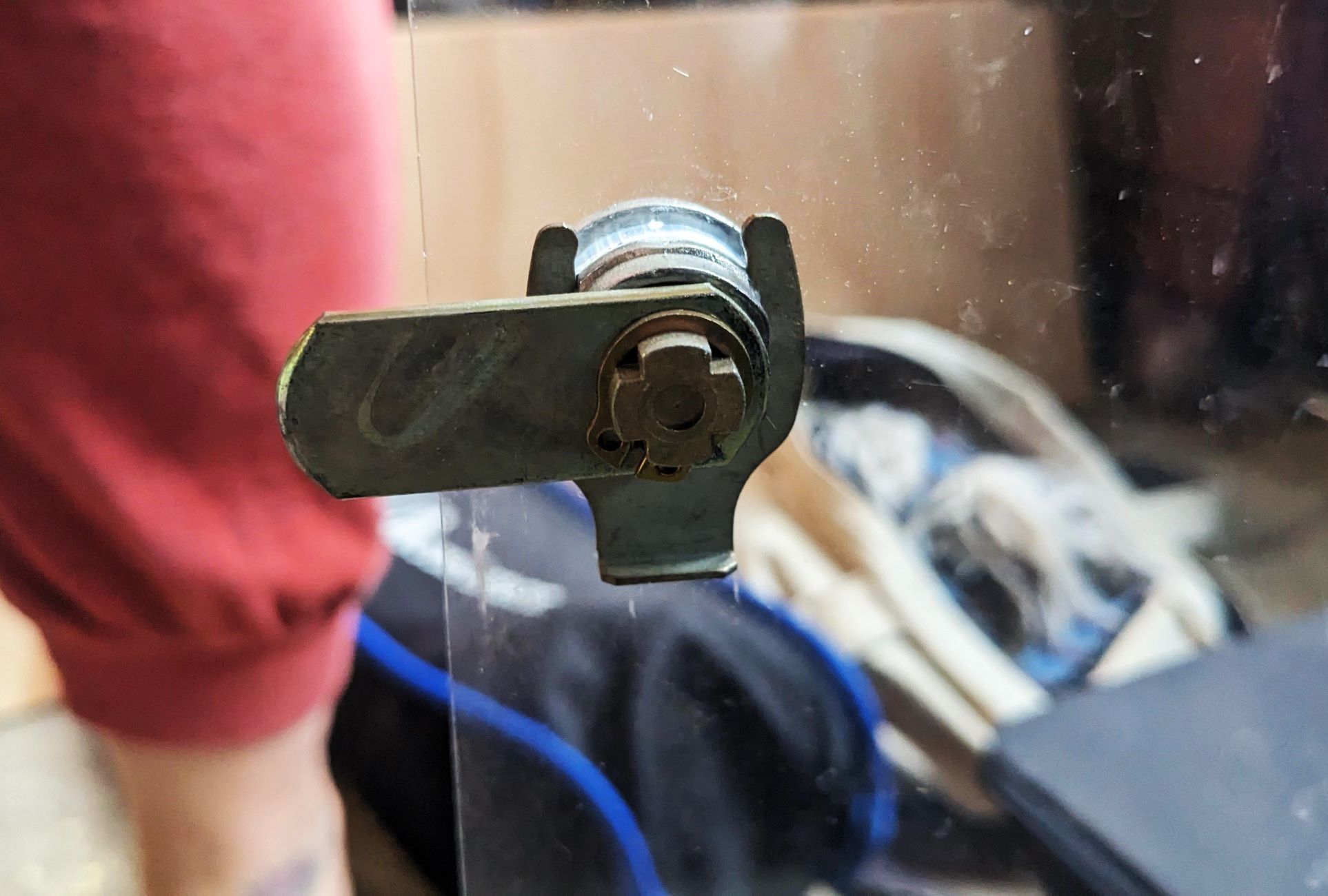
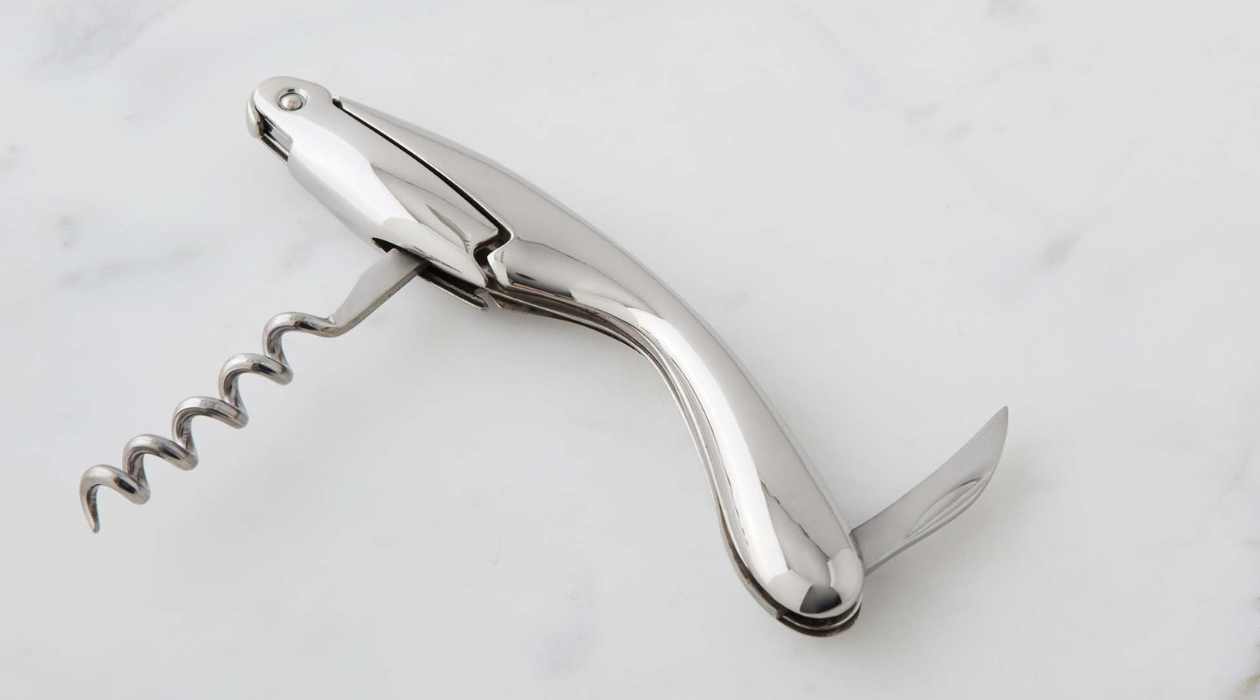

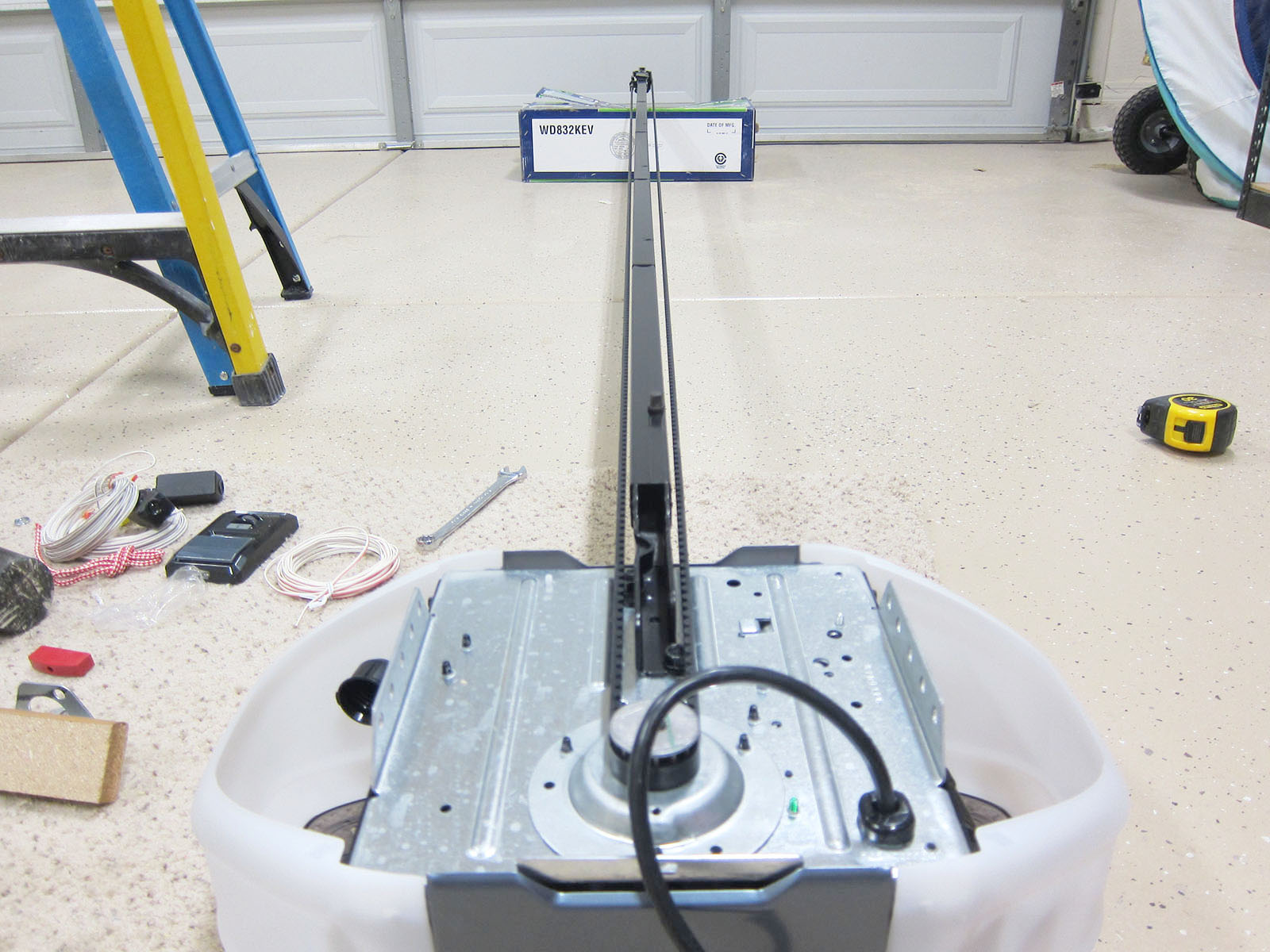

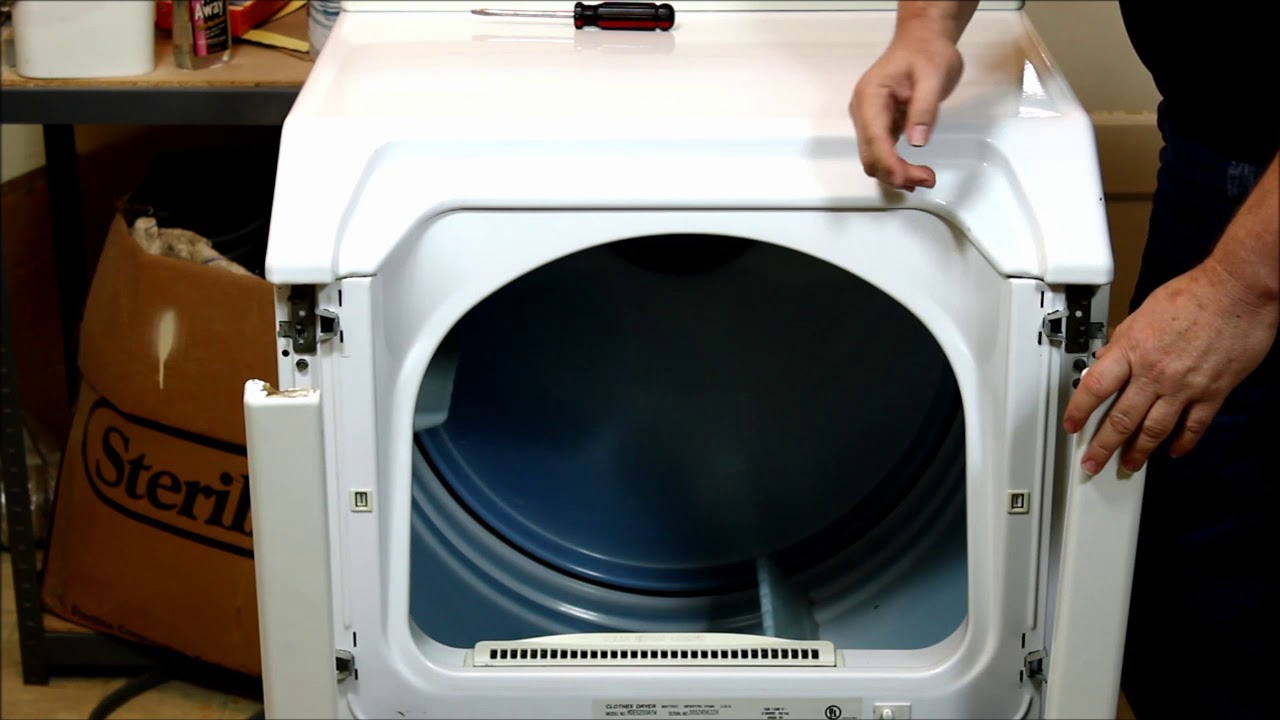


0 thoughts on “How To Open Glass Ampule”